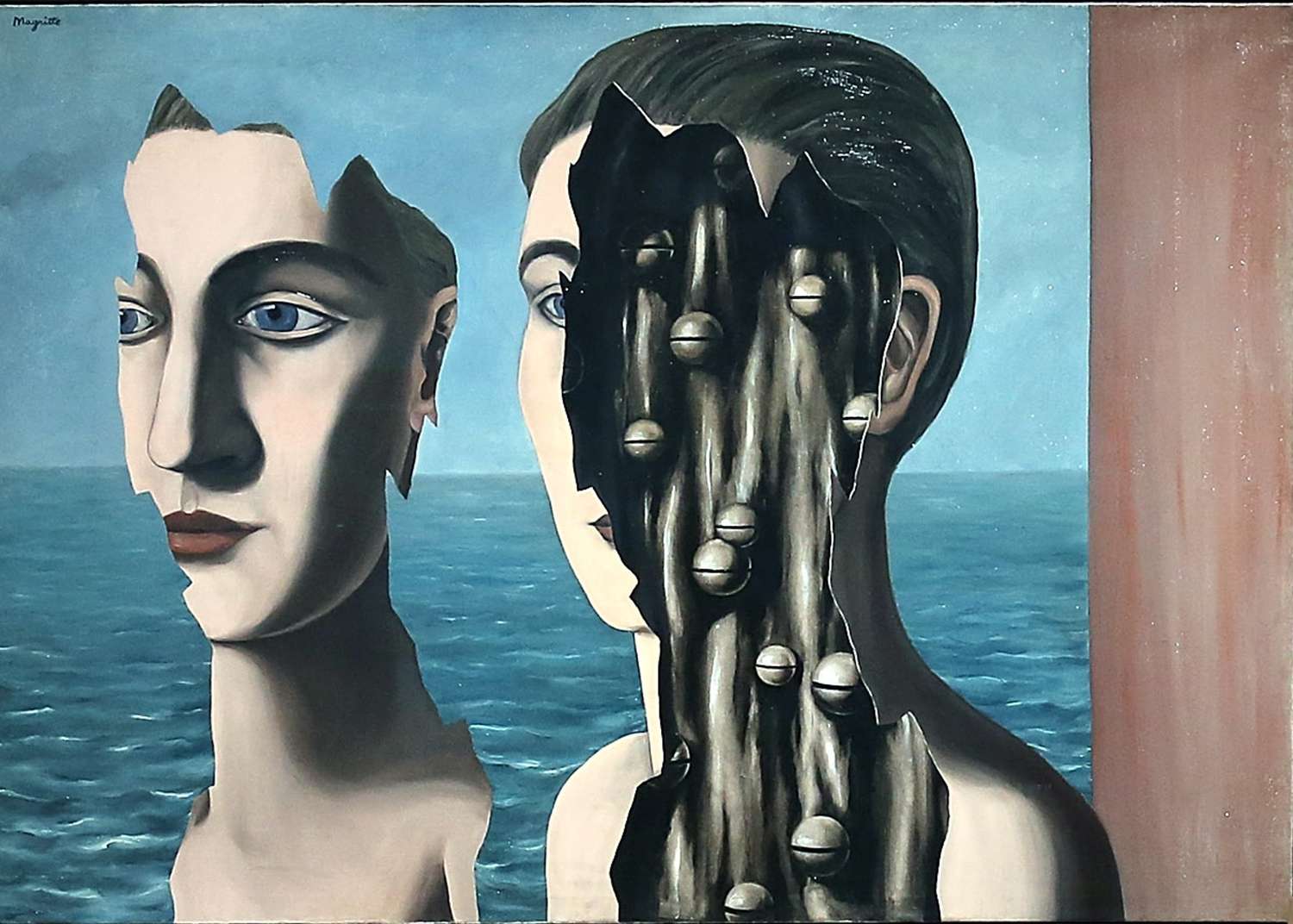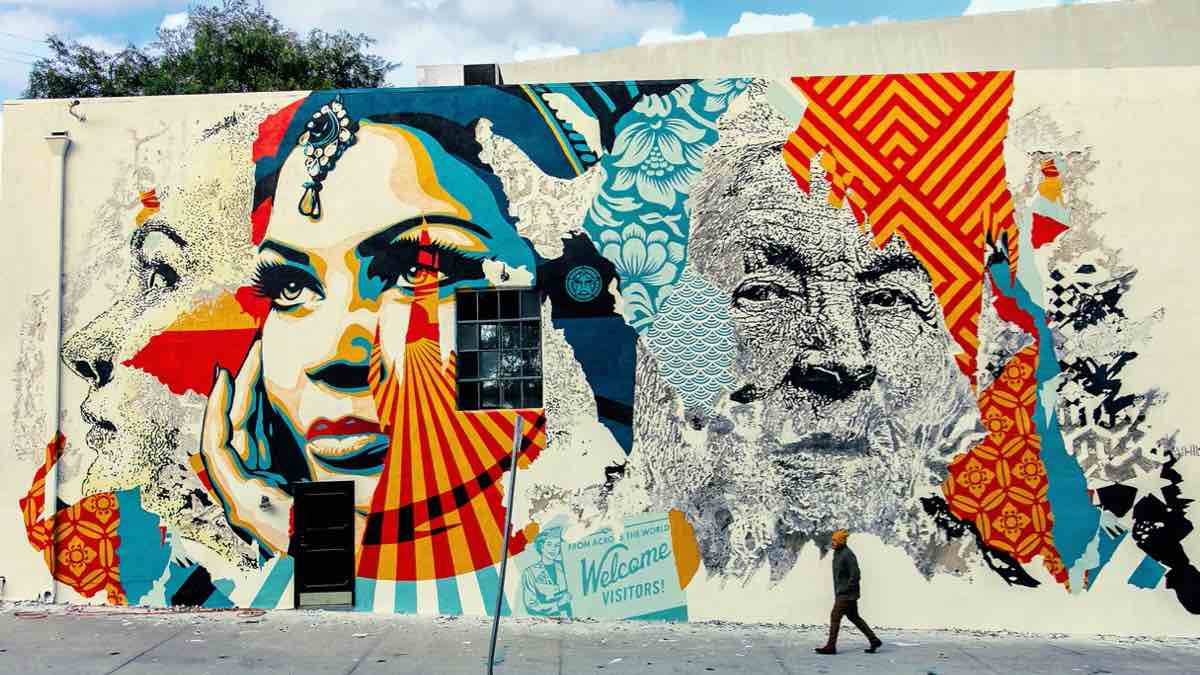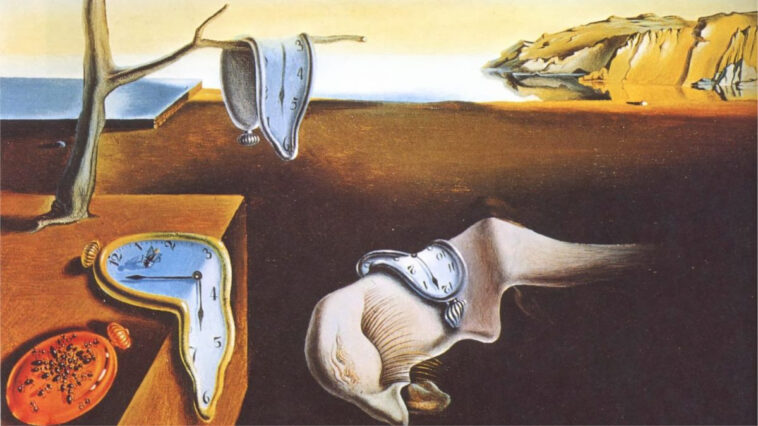The world of art has witnessed a continuous evolution, especially in the modern era, where various artistic movements have emerged, challenging traditional notions and pushing the boundaries of creativity. We are about to explore 10 modern artistic movements that have made a significant impact on the art world.
By familiarizing yourself with these movements, you will gain insight into the diverse expressions of contemporary artists and the cultural influences that shape their work.
1. Digital Art
Digital Art, born in the digital age, explores the intersection of technology and artistic expression. Artists utilize digital tools and platforms to create immersive and interactive experiences. Digital artists such as Refik Anadol, Camille Utterback, and multimedia artists such as Alex Israel experiment with various mediums such as virtual reality, augmented reality, and interactive installations, pushing the boundaries of what is considered traditional art.
These modern artistic movements highlighted in this article provide a glimpse into the dynamic and ever-evolving world of contemporary art. From the spontaneous energy of Abstract Expressionism to the critique of consumer culture in Pop Art, each movement represents a unique approach and perspective.
As you explore the intricacies of Abstract Expressionism, the vibrancy of Pop Art, the simplicity of Minimalism, the engagement of Street Art, and the innovation of Digital Art, you open yourself up to new ideas, perspectives, and artistic experiences. So, embrace the diversity of modern art, allow yourself to be captivated by its beauty and complexity, and let it inspire your own creative journey.
2. Cubism
Cubism, a revolutionary movement pioneered in the early 20th century by Georges Braque and Pablo Picasso, dramatically shifted how artists perceive and depict reality. The movement is known for presenting subjects from multiple viewpoints, fracturing them into geometric forms. This unique approach painted a comprehensive picture, enabling the viewer to appreciate the subject from various angles.
Art enthusiasts can experiment with Cubism by observing an object from different perspectives and trying to incorporate these varied viewpoints into a single piece. This exercise not only helps in understanding Cubism but also enhances one’s artistic creativity
3. Surrealism

Born in the early 20th century, Surrealism sought to bridge the gap between dream and reality. Famous Surrealist artists like Salvador Dalí and René Magritte created fantastical, dreamlike imagery, pushing the boundaries of the viewer’s imagination.
Surrealism can inspire us to explore our subconscious thoughts and express them through art. Try keeping a dream journal and sketching or painting the most vivid dreams. This practice not only enhances creative thinking but also provides a therapeutic outlet.
4. Abstract Expressionism
Abstract Expressionism, developed in the mid-20th century, emphasized the spontaneous and emotional expression of the artist. Artists like Jackson Pollock and Willem de Kooning embraced gestural brushwork and non-representational forms to convey their inner emotions and experiences. This movement prioritized the process of creating art over its final outcome.
For example, the work of Alex Israel echoes the spirit of Abstract Expressionism, as he experiments with bold and expressive brushstrokes, evoking a sense of energy and emotion on the canvas.
5. Pop Art
Pop Art, originating in the 1950s, celebrated the imagery and consumer culture of the post-war era. Artists such as Andy Warhol and Roy Lichtenstein drew inspiration from popular media, advertising, and everyday objects.
They incorporated mass-produced images and techniques into their artwork, challenging the notion of high art and blurring the boundaries between fine art and popular culture.
6. Minimalism
Minimalism emerged in the 1960s as a reaction against the expressive and emotional qualities of Abstract Expressionism. This movement focused on simplicity, clean lines, and reduced forms. Artists like Donald Judd and Dan Flavin created minimalist artworks that emphasized the materials, shapes, and spatial relationships within the artwork itself.
Minimalism encouraged viewers to engage with the fundamental qualities of the artwork, highlighting the concept of less is more.
7. Conceptual Art

Conceptual art, emerging in the 1960s, prioritizes the idea over the aesthetic value of the artwork. Artists like Sol LeWitt argued that the artwork’s planning process is just as, if not more, important than the final product.
To explore conceptual art, consider creating a piece where the planning process is documented and presented alongside the final product. This can be an enlightening experience, demonstrating how the journey is as significant as the destination in artistic creation.
8. Performance Art
Emerging in the 1960s, performance art is a dynamic, innovative movement where the artist’s actions or performance constitute the artwork. Practiced by artists like Marina Abramović and Chris Burden, this form of art goes beyond traditional art forms, often challenging societal norms and bringing the raw essence of human emotion and physicality into the realm of art.
Performance art is not merely an aesthetic experience but can also be a potent tool for self-expression and social commentary. The art form may manifest in various ways, such as a meticulously choreographed dance, a spontaneous act, or even interactive exhibitions. Performance art breaks the fourth wall, allowing for an immersive, engaging relationship with the audience. The artist’s body and actions take center stage, bridging the distance between artist and viewer, making the artistic experience more personal, intimate, and visceral.
9. Street Art
Street Art, often associated with graffiti and murals, emerged as a form of artistic expression in urban environments. Artists like Banksy and Shepard Fairey used public spaces to create thought-provoking artworks that convey social and political messages. Street Art challenged the traditional boundaries of art by bringing it directly to the streets, engaging with a wider audience and sparking conversations about societal issues.

10. Post-Internet Art
In the 21st-century art landscape, post-internet art arises as a movement reflecting and responding to the pervasive impact of digital technologies and the internet on our lives. Artists such as Petra Cortright, Cory Arcangel, and Hito Steyerl create works that delve deep into themes related to online culture, the profound influence of technology, and the intriguing intersection of digital and physical spaces.
Engaging with post-internet art is a foray into embracing the digital realm. It calls for artists and art enthusiasts to create within the fluid boundaries of the digital world. Experimentation may range from creating digital collages using online images, GIF art, net art, to constructing a virtual installation in a digital space. This modern form of art opens up a myriad of creative possibilities, aptly reflecting our technologically interconnected world, raising essential questions about identity, reality, and space in the digital age. It encourages us to consider the internet not only as a tool but as an essential part of our contemporary existence that influences our perception and interaction with the world.




